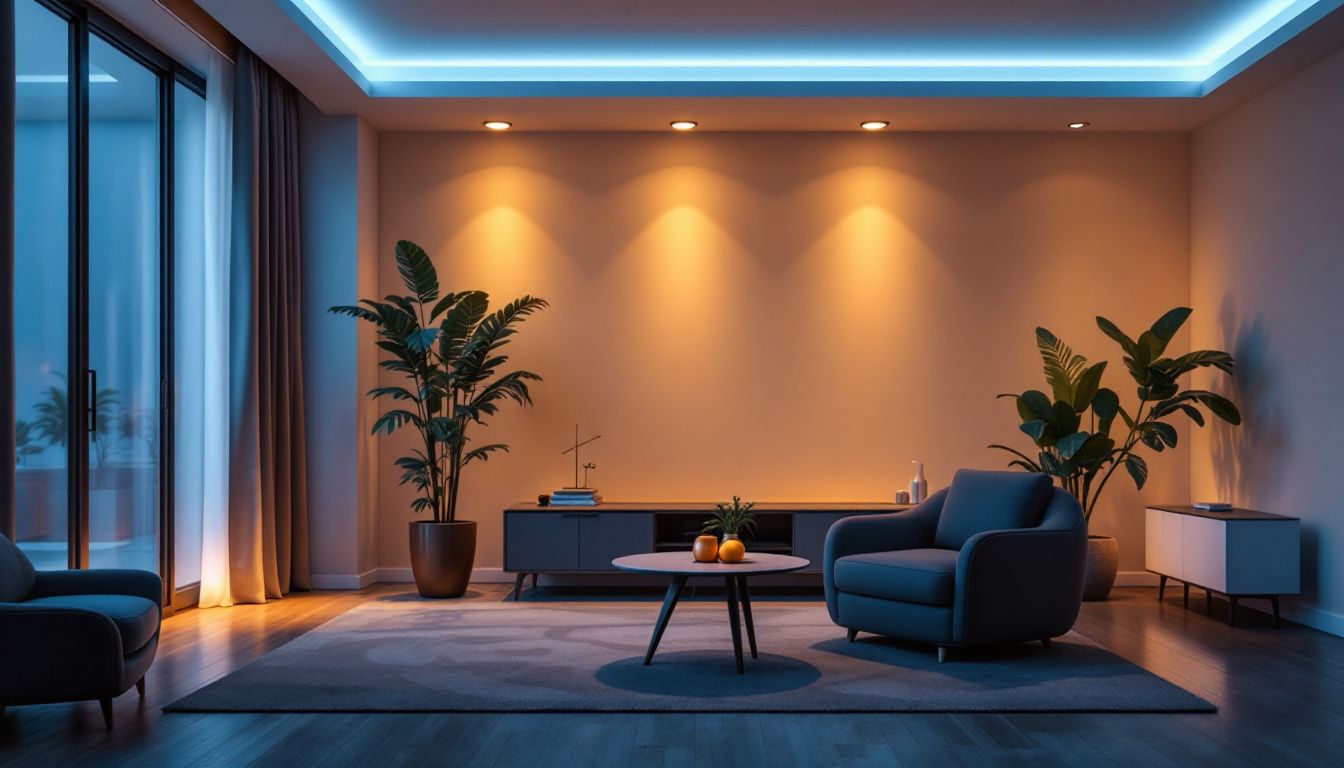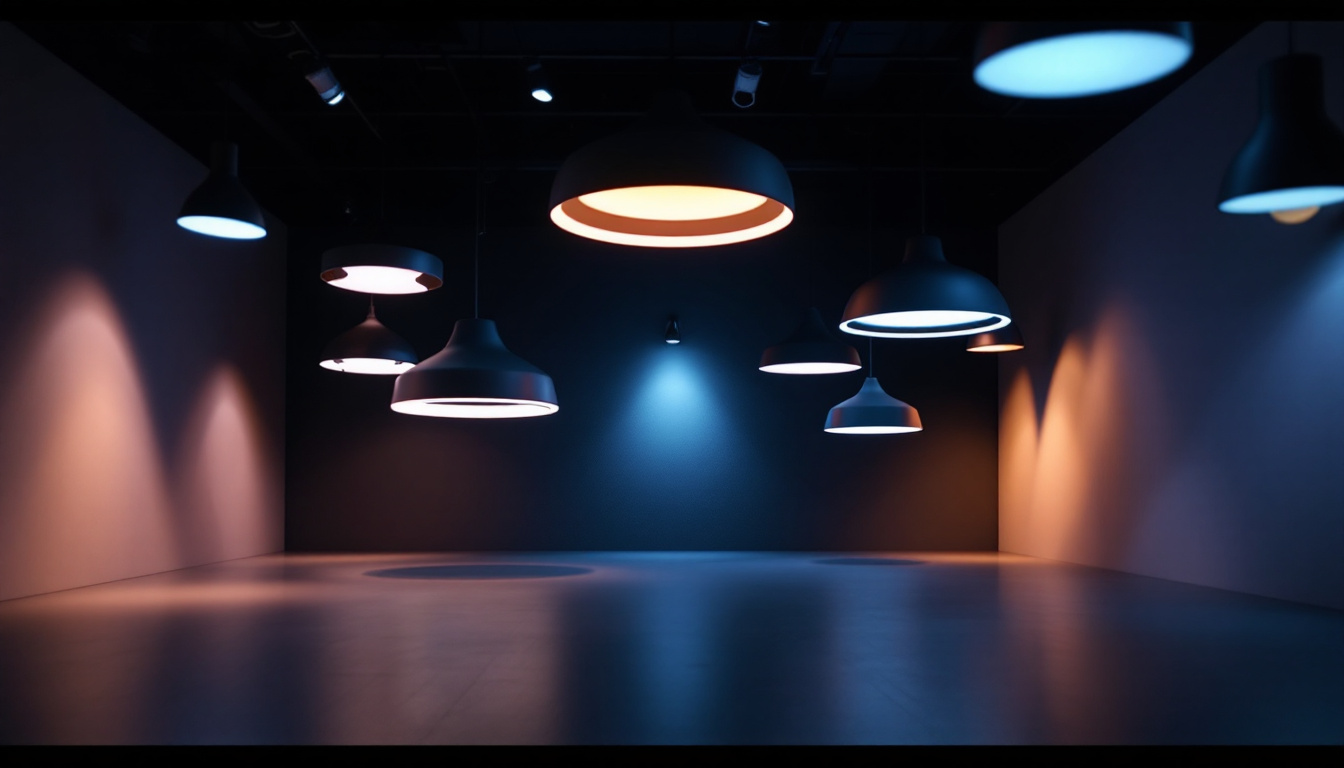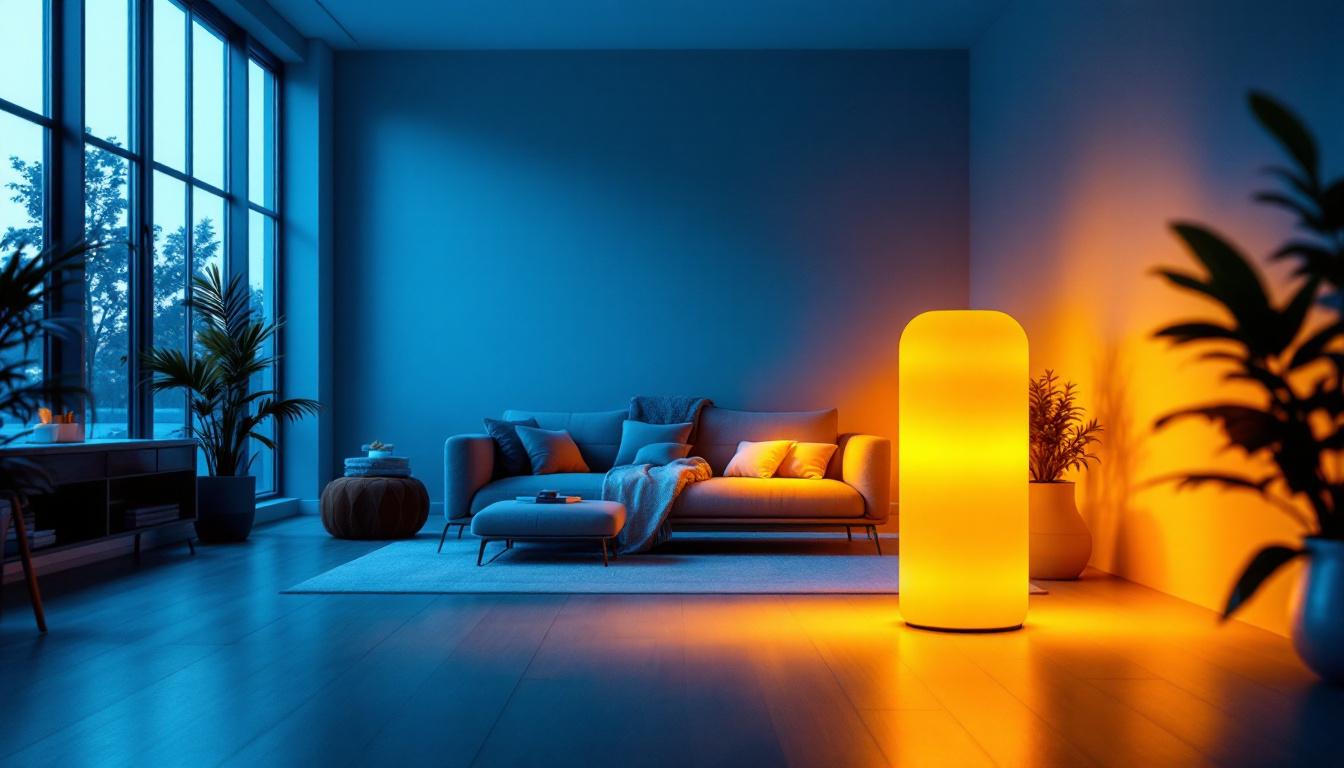
Lighting plays a crucial role in enhancing the ambiance and functionality of any space. Among the various lighting options available, recessed can lights have gained immense popularity due to their sleek design and versatility. As a lighting contractor, understanding the expectations of clients regarding recessed can lights is essential for delivering satisfactory results. This article explores the four fundamental aspects that clients expect lighting contractors to know about recessed can lights.
Clients often come with specific requirements and preferences regarding the types of recessed can lights they want to install. Understanding the different types available can help contractors provide informed recommendations.
New construction can lights are designed for installation in homes or buildings that are still being built. They typically have a housing that can be secured to the ceiling joists. On the other hand, remodel can lights are intended for retrofitting into existing ceilings. These fixtures usually come with clips that allow them to be secured to the drywall without requiring access to the ceiling structure.
Contractors should be prepared to discuss the pros and cons of each type with clients, including installation complexity, cost, and the potential need for additional structural support. Additionally, it’s essential to consider the overall design and layout of the space. For example, new construction can lights can be strategically placed to enhance architectural features, whereas remodel can lights may require more creativity in placement to achieve the desired lighting effect in an already established room.
Another critical distinction lies in the type of bulb used in recessed can lights. LED bulbs have become the preferred choice due to their energy efficiency and longevity. Halogen bulbs, while providing excellent color rendering, consume more energy and have a shorter lifespan. Compact fluorescent lamps (CFLs) are a middle ground but may not offer the same quality of light as LEDs.
Clients expect contractors to guide them in selecting the right bulb type based on factors such as energy efficiency, color temperature, and maintenance requirements. Educating clients on the long-term benefits of LED technology can lead to more informed decisions. Furthermore, discussing the environmental impact of each bulb type can resonate with eco-conscious clients, as LEDs not only reduce energy consumption but also have a lower carbon footprint compared to halogen and CFL options, making them a more sustainable choice in the long run.
The trim of a recessed can light significantly impacts its aesthetic appeal and functionality. There are various trim styles available, including baffle, reflector, and adjustable trims. Each style offers different light distribution and design elements.
Contractors should familiarize themselves with these options and be able to explain how each trim style can affect the overall lighting effect in a room. Clients appreciate when contractors can provide insights into which trim style would best suit their design vision and practical needs. For instance, baffle trims are ideal for reducing glare in living spaces, while reflector trims can enhance brightness in areas that require more illumination, such as kitchens or workspaces. Additionally, adjustable trims can be particularly useful in highlighting artwork or architectural features, allowing for a more dynamic and customizable lighting solution that aligns with the client’s aesthetic preferences.
Clients expect lighting contractors to be well-versed in the installation process of recessed can lights. This includes understanding the technical aspects, as well as the practical challenges that may arise during installation.
The height of the ceiling and the location of ceiling joists are critical factors that can influence the installation of recessed can lights. Contractors need to assess the space and determine the optimal placement of fixtures to ensure adequate lighting without compromising aesthetics.
Clients often rely on contractors to provide recommendations on how many recessed lights to install and where to position them for maximum effectiveness. A well-planned layout can prevent issues such as shadows or overly bright spots in the room. Additionally, it is important to consider the purpose of the space; for instance, a kitchen may benefit from brighter, more focused lighting, while a living room might require softer illumination to create a cozy atmosphere. Understanding the client’s needs and preferences can greatly enhance the overall satisfaction with the lighting design.
Understanding the electrical requirements for recessed can lights is essential for a successful installation. Clients expect contractors to be knowledgeable about wiring, circuit load, and compatibility with dimmer switches.
Contractors should be prepared to explain the importance of adhering to local electrical codes and safety standards. Clients appreciate transparency regarding any additional electrical work that may be necessary to accommodate their lighting choices. Furthermore, discussing energy-efficient options, such as LED recessed lights, can not only reduce energy consumption but also lower long-term costs for the homeowner. Providing insights into the lifespan of different bulb types and their impact on the overall lighting scheme can help clients make informed decisions that align with their budget and environmental considerations.
In many cases, recessed can lights can create gaps in insulation, leading to energy loss and increased heating or cooling costs. Clients expect contractors to be aware of insulation requirements and to take measures to ensure proper air sealing around the fixtures.
Educating clients on the importance of selecting IC-rated (Insulation Contact) fixtures can help mitigate these issues. Proper installation techniques can prevent potential problems and enhance the overall energy efficiency of the home. Additionally, contractors should discuss the various insulation materials available and how they can affect the performance of recessed lighting. For instance, using spray foam insulation can provide a tighter seal compared to traditional batt insulation, further improving energy efficiency. By addressing these factors, contractors not only enhance the functionality of the lighting but also contribute to the overall comfort and sustainability of the living space.
Clients often have specific design visions for their spaces, and lighting plays a significant role in achieving these goals. Lighting contractors should be able to provide insights into how recessed can lights can enhance the overall aesthetic of a room.
The color temperature of recessed can lights can dramatically affect the mood of a space. Clients may have preferences for warm, cool, or neutral lighting, and contractors should be equipped to explain how different color temperatures impact the ambiance.
For instance, warm white lights create a cozy atmosphere, making them ideal for living rooms and bedrooms, while cooler temperatures are often preferred in kitchens and workspaces for their energizing effects. Providing samples or visual aids can help clients visualize the impact of different color temperatures on their space.
Clients may not always be aware of the concept of layered lighting, which involves combining different types of lighting to create a balanced and functional environment. Recessed can lights can serve as ambient lighting, but they should be complemented with task and accent lighting for optimal results.
Contractors should discuss the importance of layering light and how recessed can lights can fit into a comprehensive lighting design. This can include suggestions for pairing them with wall sconces, pendant lights, or under-cabinet lighting to achieve a cohesive look.
Dimming capabilities are an essential consideration for many clients. They expect contractors to explain the benefits of installing dimmer switches with recessed can lights, allowing for greater control over lighting levels.
Contractors should be knowledgeable about compatible dimmer switches and how to properly install them. This not only enhances the functionality of the lighting but also allows clients to create different moods for various occasions.
Clients often have concerns about the maintenance and longevity of their lighting fixtures. As a lighting contractor, addressing these concerns can help build trust and confidence in the services provided.
One of the most common maintenance tasks associated with recessed can lights is bulb replacement. Clients expect contractors to provide guidance on how to replace bulbs safely and efficiently.
Contractors should educate clients about the lifespan of different bulb types and the importance of keeping spare bulbs on hand. Providing clear instructions or even offering a maintenance service can enhance the client experience.
Recessed can lights can accumulate dust and debris over time, affecting their performance and appearance. Clients may not be aware of the best practices for cleaning these fixtures.
Contractors should offer tips on how to clean recessed lights safely without damaging the fixtures. This can include using a soft cloth or a vacuum attachment to remove dust without scratching the surface.
As technology evolves, clients may be interested in upgrading their recessed can lights to more advanced options, such as smart lighting systems. Contractors should stay informed about the latest trends and be prepared to discuss potential upgrades with clients.
Educating clients on the benefits of smart lighting, such as remote control capabilities and energy monitoring, can help them make informed decisions about future enhancements to their lighting systems.
Recessed can lights are a popular choice for modern lighting design, and clients expect lighting contractors to possess a thorough understanding of various aspects related to these fixtures. By being knowledgeable about the types of recessed can lights, installation considerations, lighting design, and maintenance, contractors can meet and exceed client expectations.
Ultimately, effective communication and education are key to ensuring that clients feel confident in their lighting choices. By providing valuable insights and recommendations, lighting contractors can build lasting relationships with their clients and contribute to the successful completion of their projects.
Ready to elevate your lighting projects with the best recessed can lights on the market? Look no further than LumenWholesale, where we provide contractors with exceptional, spec-grade lighting products at unbeatable wholesale prices. Our commitment to quality and affordability ensures that you can deliver on your client’s expectations without compromise. Take advantage of our hassle-free bulk buying and free shipping to get premium lighting at the best value. Enhance your lighting installations today by visiting Wholesale Lighting at the Best Value and discover the LumenWholesale difference.

Explore the transformative impact of 5000K lumen lighting on modern design and installation.

Discover the transformative impact of huge solar lights on modern lighting projects.

Discover how the 2 Way Metallic Spotlight Weatherproof Box revolutionizes the lighting industry by boosting efficiency and profitability for contractors.

Discover the benefits of using LED lamp amber to future-proof your lighting projects.